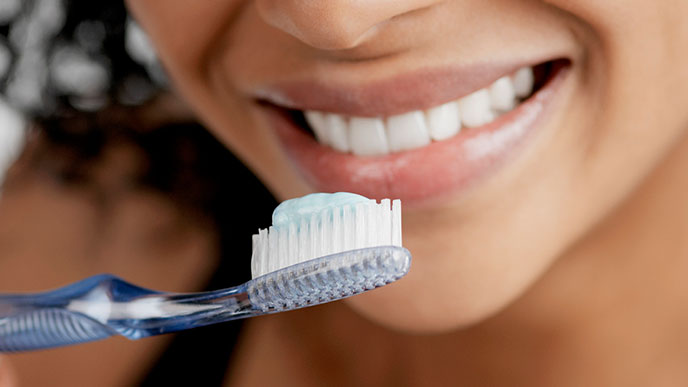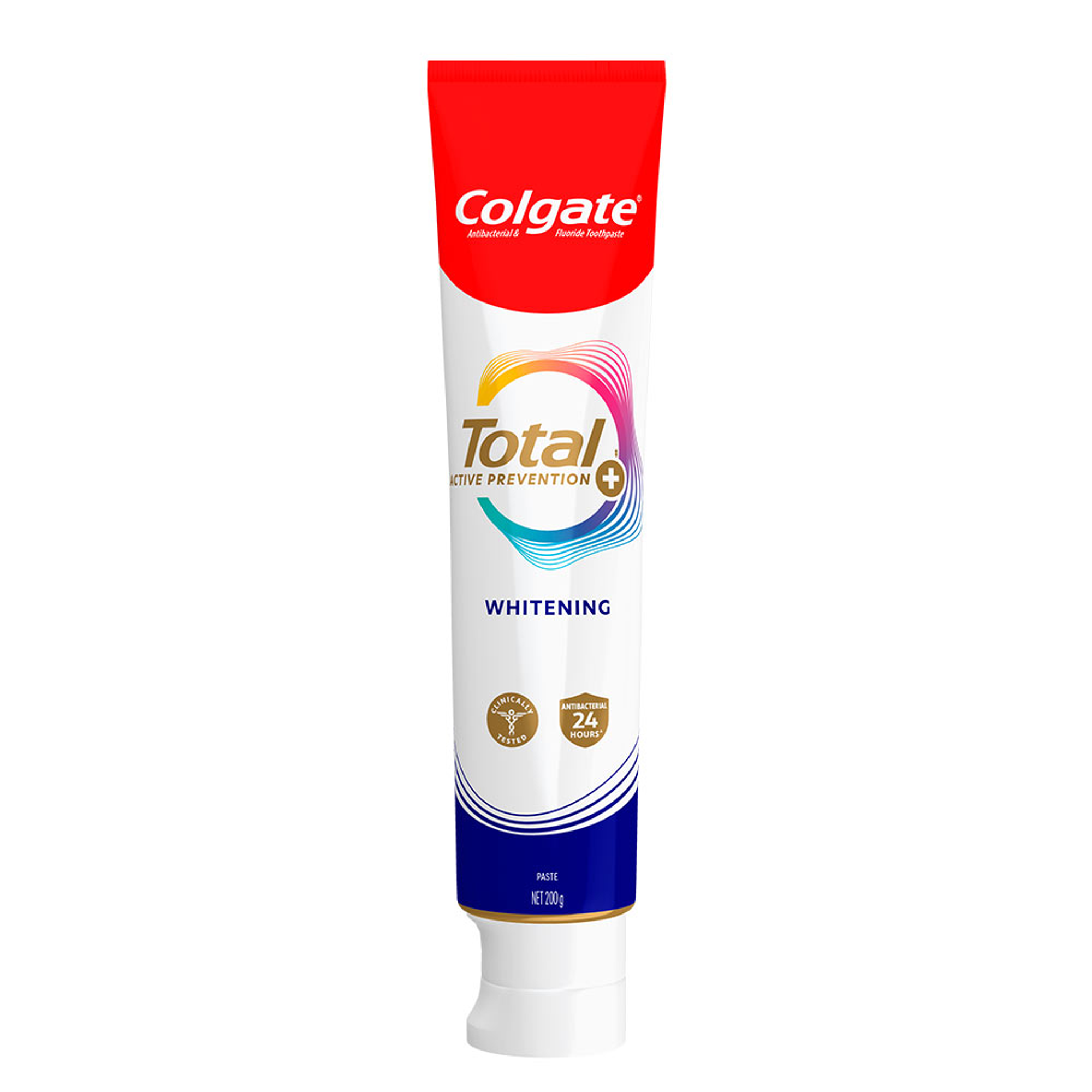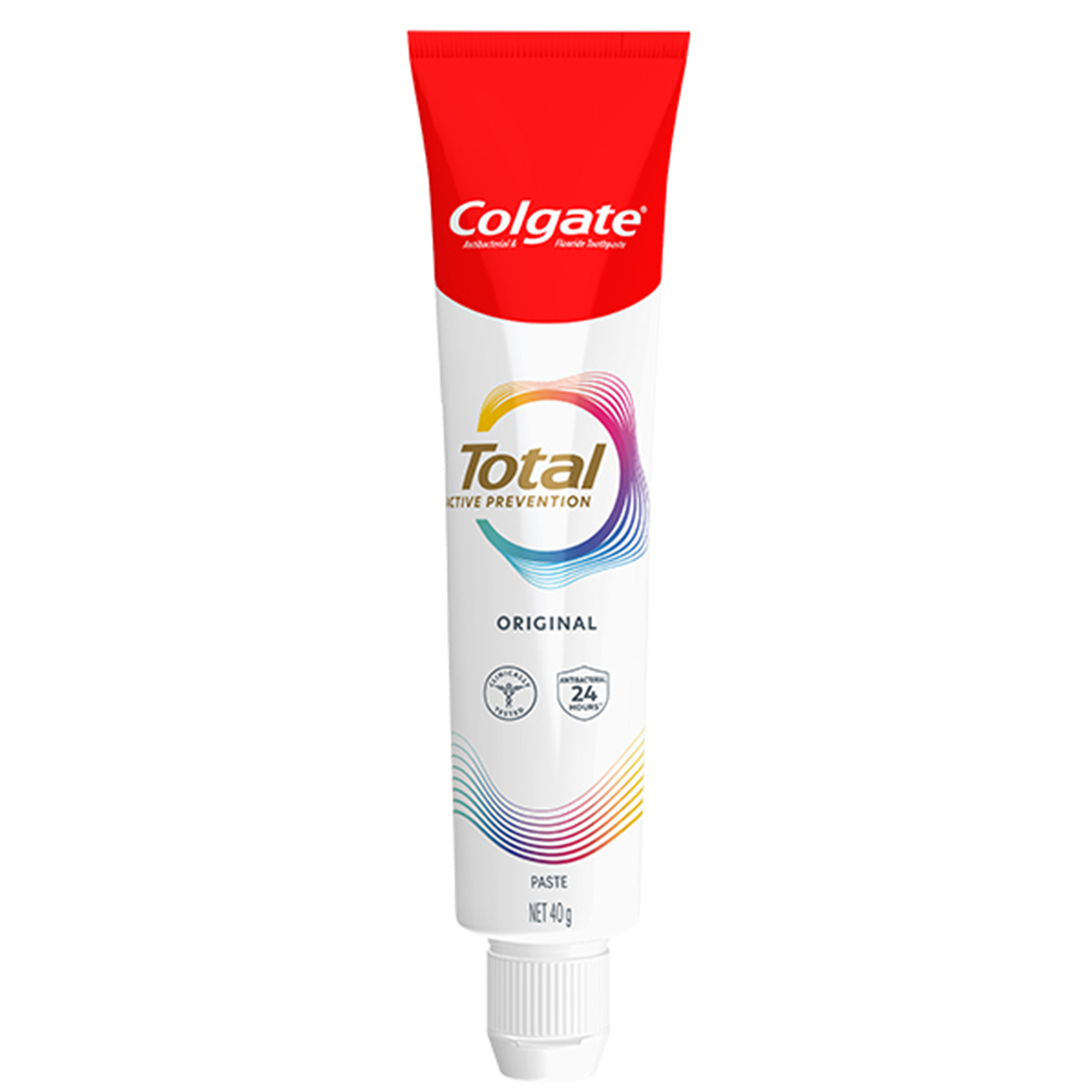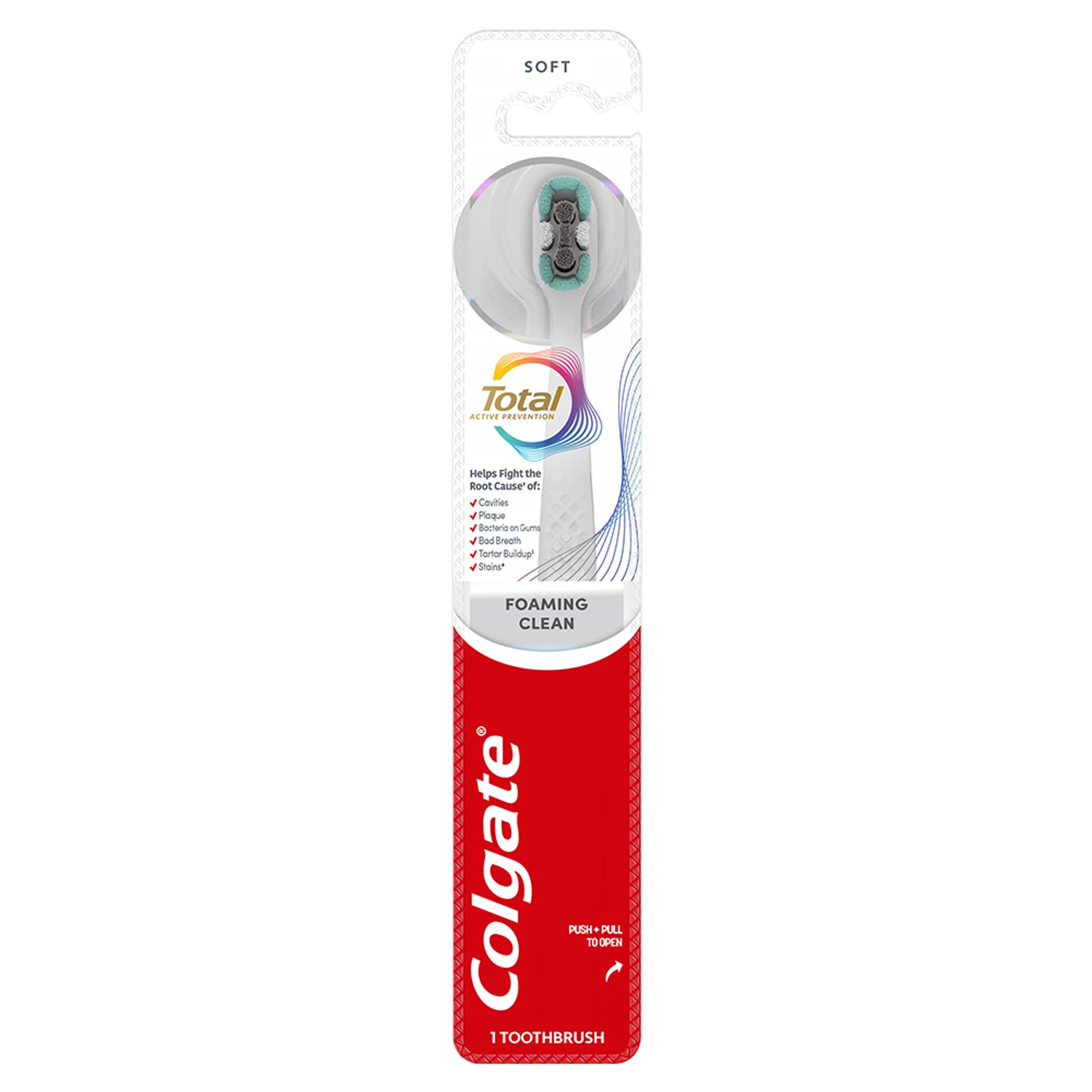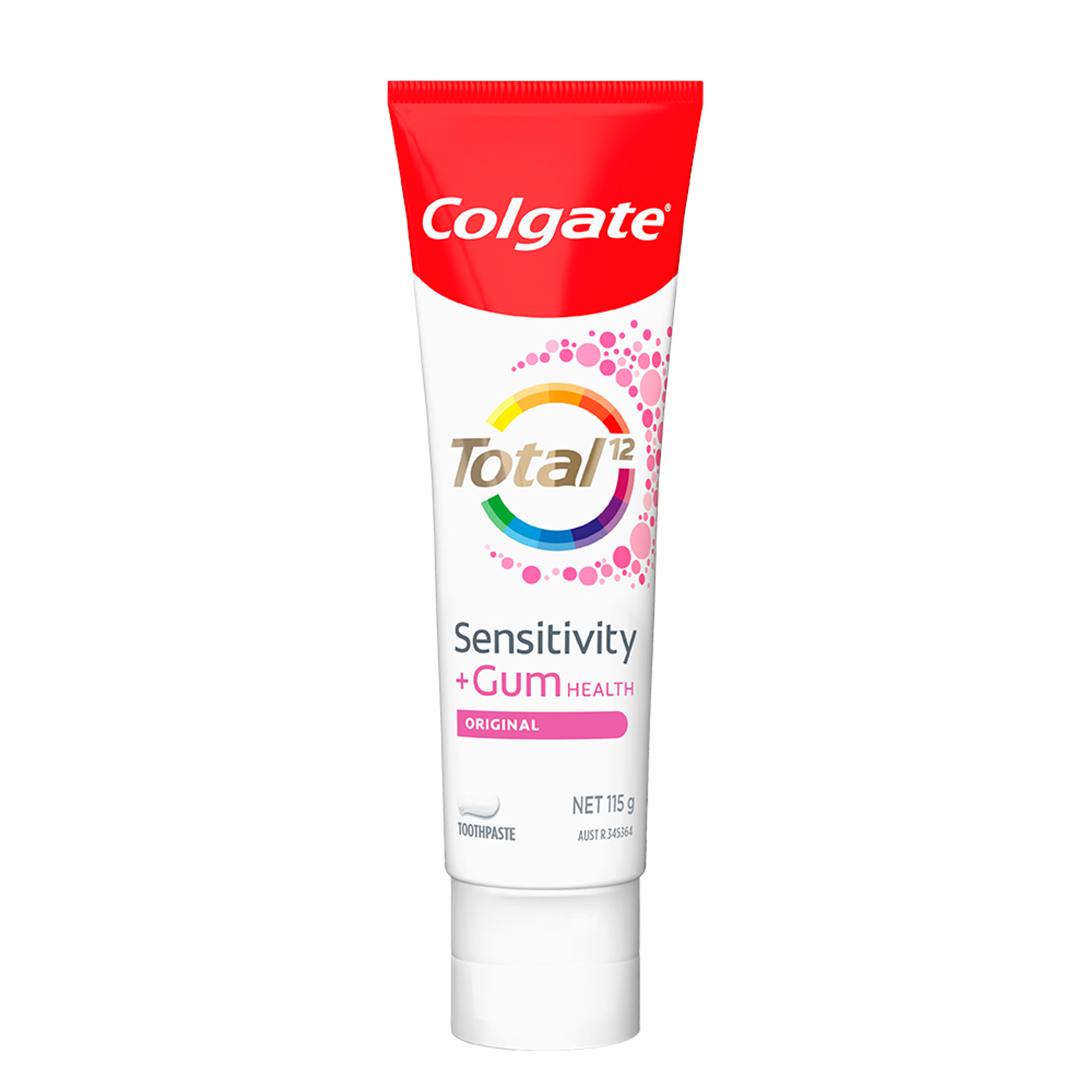-
-

BRUSHING & FLOSSING
How to BrushWhat Is the Right Way to Brush?
Proper brushing takes at least two minutes — that's right, 120 seconds!...

BRUSHING & FLOSSING
How To FlossWhat is the Right Way to Floss?
Proper flossing removes plaque and food particles in places where a toothbrush cannot easily reach... -
Science & Innovation
- Colgate® | Toothpaste, Toothbrushes & Oral Care Resources
- Oral Health
- Gingivitis Treatment: Steps for Healthier Gums
.png)
.png)
Do you notice bleeding when you brush your teeth? Are your gums red, puffy, swollen or tender? According to healthdirect, these are all symptoms of gingivitis, an early stage of periodontal (gum) disease. Gingivitis begins when bacterial plaque accumulates around the gum line, causing inflammation in your gum tissue. Fortunately, though, it’s treatable, providing you take action sooner than later. If you want to know how to treat gingivitis, it involves three simple steps: brushing, flossing and professional cleanings.
Correct toothbrushing
You may think your toothbrushing habits are okay, but it’s worth having a quick review as your first step in fighting gingivitis starts here. Use a soft-bristled toothbrush, small enough to get into the hard-to-reach places. Place your toothbrush at a 45-degree angle against the gum line, and use short, gentle, back-and-forth strokes on each tooth for at least two minutes. Brush your teeth in a pattern so that you don’t miss any areas. Brush the outer surfaces of your upper teeth and then move to the outer surfaces of your lower teeth. Next, clean the inner surfaces of your upper teeth and then the same on your lower teeth. Brush the chewing surfaces of your teeth last. Finally, reduce remaining bacteria by brushing your tongue.
Throw away old and worn toothbrushes as they won’t be doing you any favours. Old brushes can harbour bacteria, and frayed bristles won’t clean sufficiently. Also, ask your dentist which toothpaste is right for you; these days, there are products to meet almost every dental need. While most toothpastes have whitening and cavity prevention formulas, others care for teeth more prone to irritation associated with gum disease or tooth sensitivity.
Correct flossing
Dental floss cleans the plaque from areas where your toothbrush can’t reach – between your teeth and under your gums. That’s why daily flossing should be an essential activity and is a critical factor in preventing gingivitis, according to the Australian Dental Association.
Floss once a day, but do it when you have the time and energy to give it adequate attention. For maximum benefits, follow this technique:
- Wrap a piece of floss (about 45 cm) around each middle finger.
- Pull the floss tautly between your thumbs and index fingers and slide it between each tooth, making a C-shape around each tooth using a push-and-pull and then an up-and-down motion.
- Gently curve the floss around each tooth to allow it to go beneath the gum line. Then do the same routine on the other side.
- Once you have flossed both sides of your teeth, move to a clean floss area for the next two teeth, so you don’t spread bacteria from tooth to tooth.
- To remove the floss, move slowly in a back-and-forth motion to the top of your teeth.
Ask your dentist for recommendations if you have trouble. There are waxed and unwaxed floss varieties - and floss holders if you struggle to hold the floss yourself. Plus, water flossers are an excellent tool for interdental cleaning, particularly if traditional flossing is too difficult.
Professional dental cleanings
If plaque is not thoroughly cleaned off your teeth by brushing and flossing, it hardens into tartar. When tartar buildup occurs, plaque adheres to the tartar, which leads to an increase in bacterial toxins. This can cause gingivitis to progress to more severe forms of gum disease, like periodontitis.
Professional cleaning is the best way to remove tartar from your teeth. If your gingivitis has not progressed, a professional cleaning session will help reverse it. This can involve scaling, which requires scraping away this hardened plaque (tartar). Ask your dental professional how often you require a scale and clean. The sooner you get started with your fight against gingivitis, the better. Knowing how to care for your teeth and gums will help give you a healthy mouth now, with less worries about gum disease in the future. And as we only get one set of natural adult teeth, avoiding gum disease is well worth the fight!
This article is intended to promote understanding of and knowledge about general oral health topics. It is not intended to be a substitute for professional advice, diagnosis or treatment. Always seek the advice of your dentist or other qualified healthcare provider with any questions you may have regarding a medical condition or treatment.
Related Products

Helping dental professionals
More professionals across the world trust Colgate. Find resources, products, and information to give your patients a healthier future




